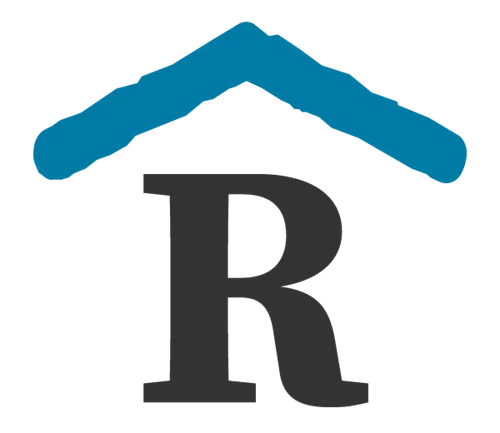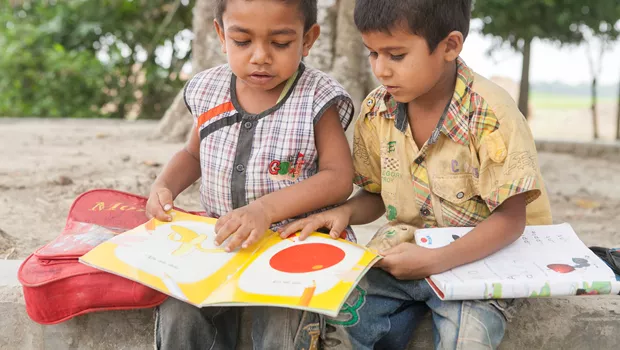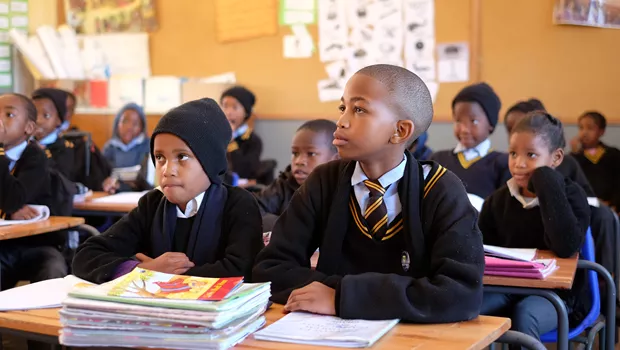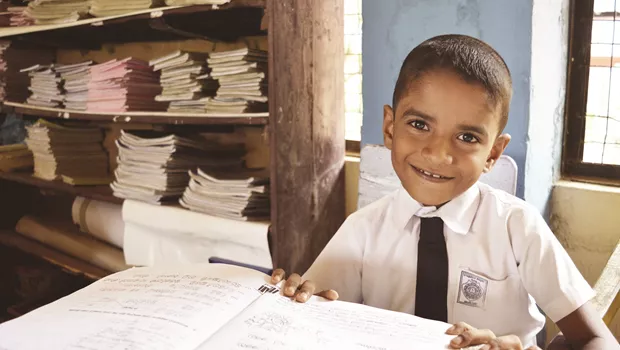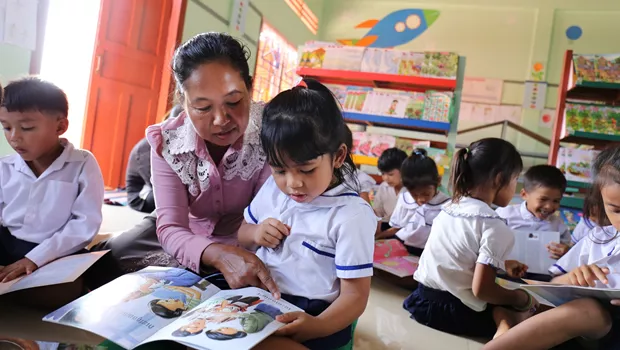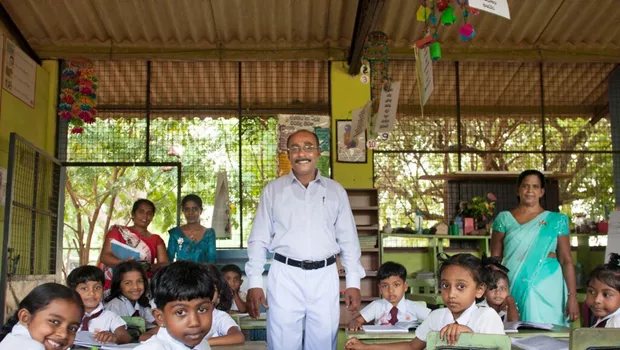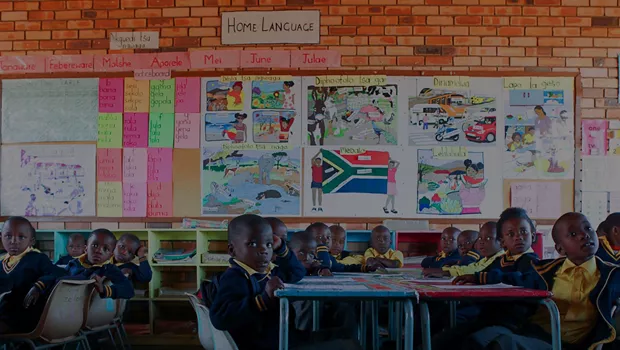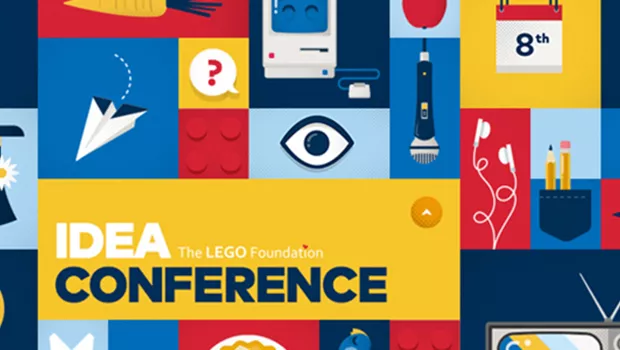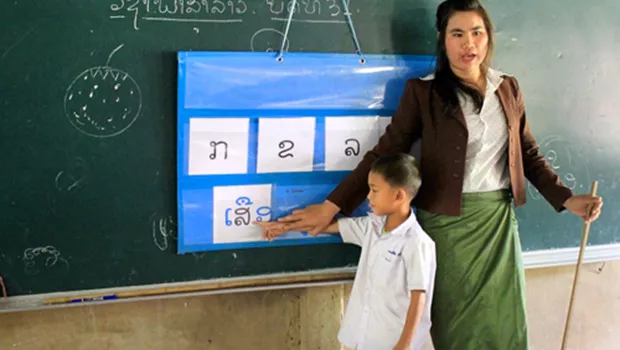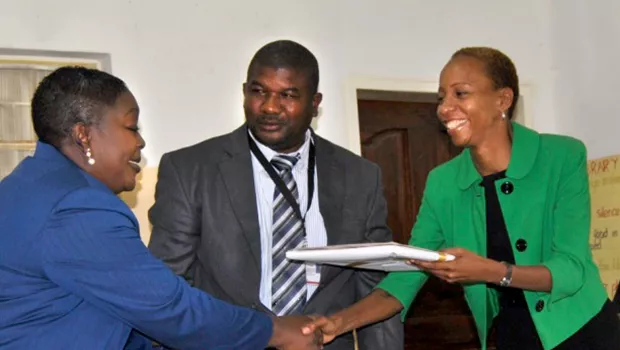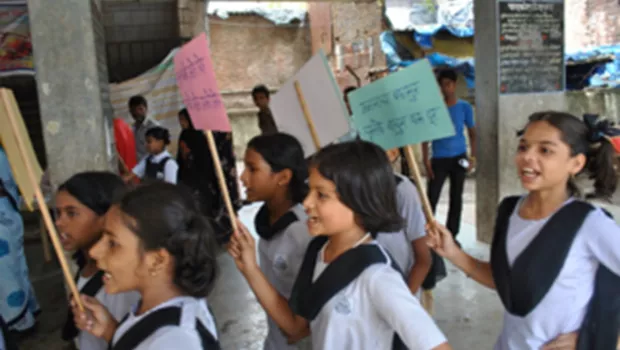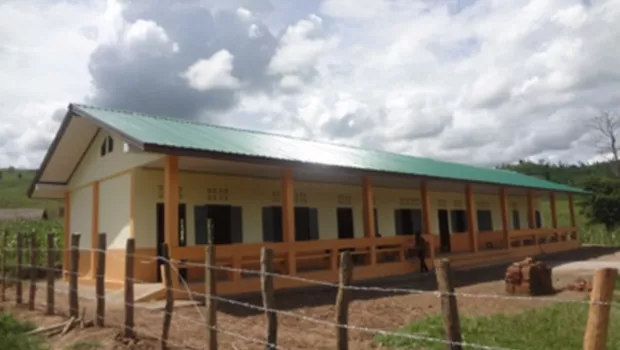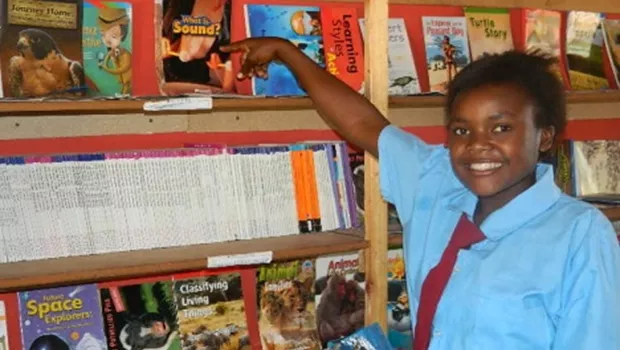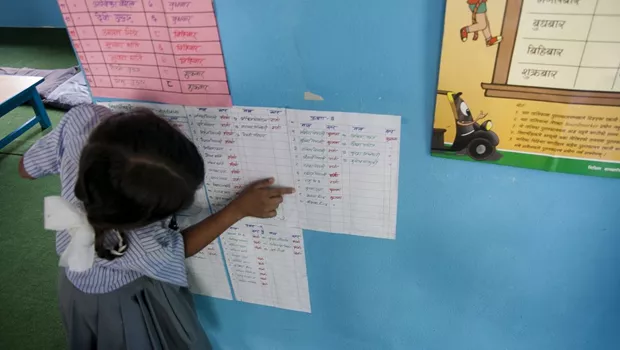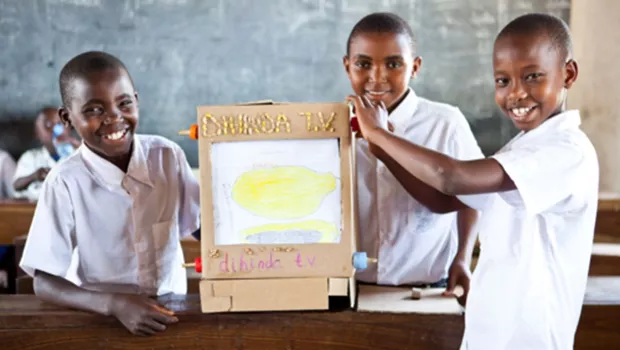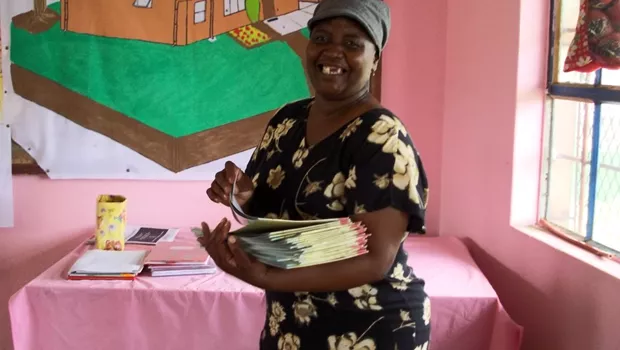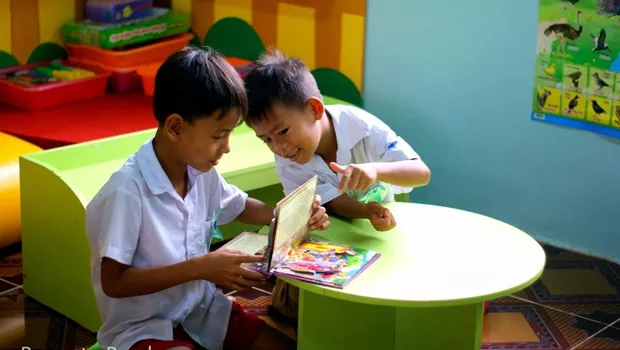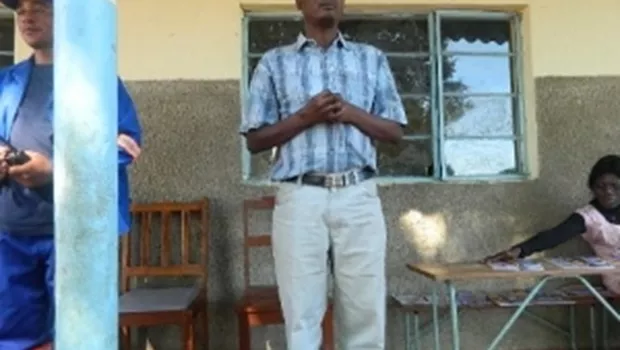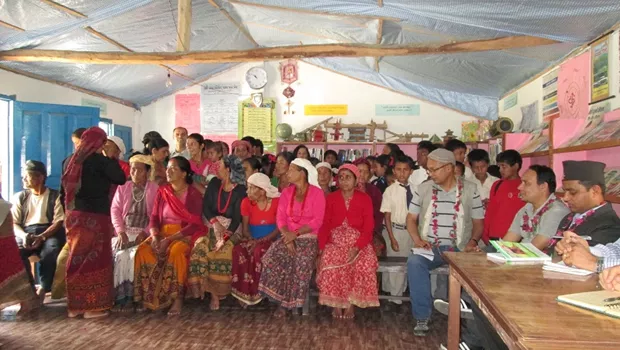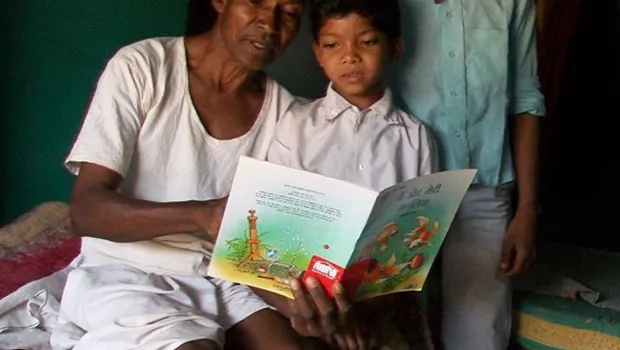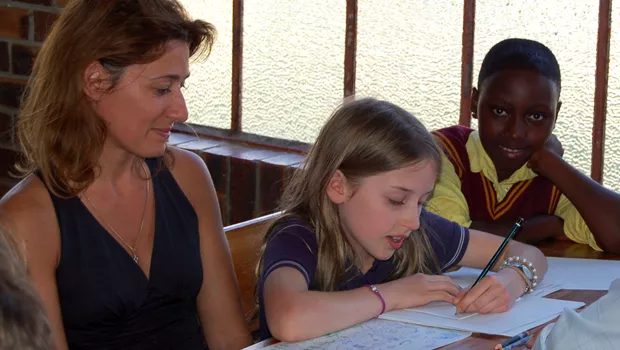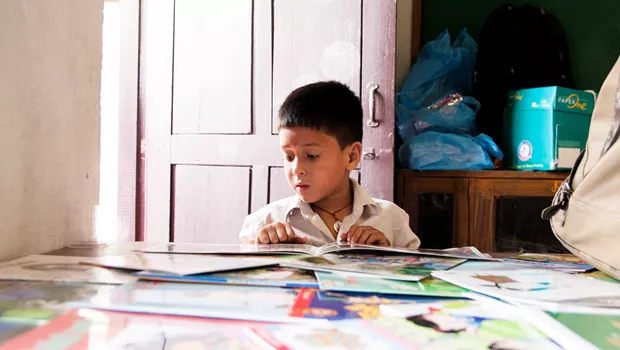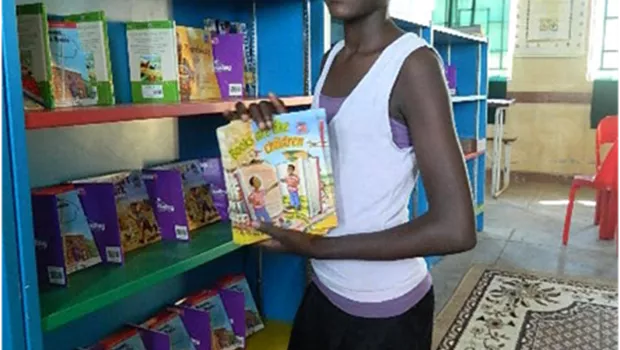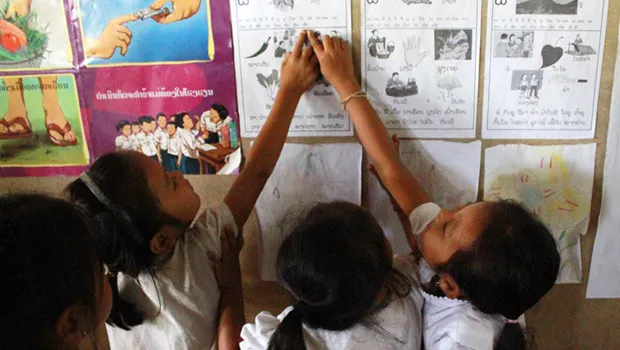New Rating System for School Libraries Makes Way for More Targeted Monitoring & Support
October 22, 2013
Now more than 15,000 strong, our network of school libraries has provided millions of children with a safe place to develop and nurture a love of reading. Key to the success of each library is a standard 3-year period of monitoring and support, in which the school receives regular library training from our staff.
In order to make the three years of support more effective, our team undertook a project over the past two years to develop a rating system for libraries—a series of sequenced indicators that provide insight into how well a particular school library is functioning. In addition to providing increased visibility into how our libraries are performing over time, the use of the rating system allows our teams in each country to assess schools’ overall training needs and prioritize support.
The system’s 19 indicators are divided up into four content areas— Literate Environment, Time to Read, Professional Development and Family & Community Engagement. As data comes in about individual library performance in each of these areas, Room to Read staff use the ratings to determine the frequency and type of support that each project site needs. The indicators are also sequenced and assigned to a certain phase of library development—from the moment an initial Memorandum of Understanding is signed by Room to Read, a school and the local community (indicator #1) to a school’s creation of a long-term sustainability plan (indicator #19).
“The best part about this new system is that it provides our teams in the field with measurable, real-time information about how libraries are performing,” says Peter Cooper, senior officer for Research, Monitoring & Evaluation. “At a global level, we can use this data to identify potential improvements to our program design.”
Learn more about our rating system through a new infographic [click here to view original document]:
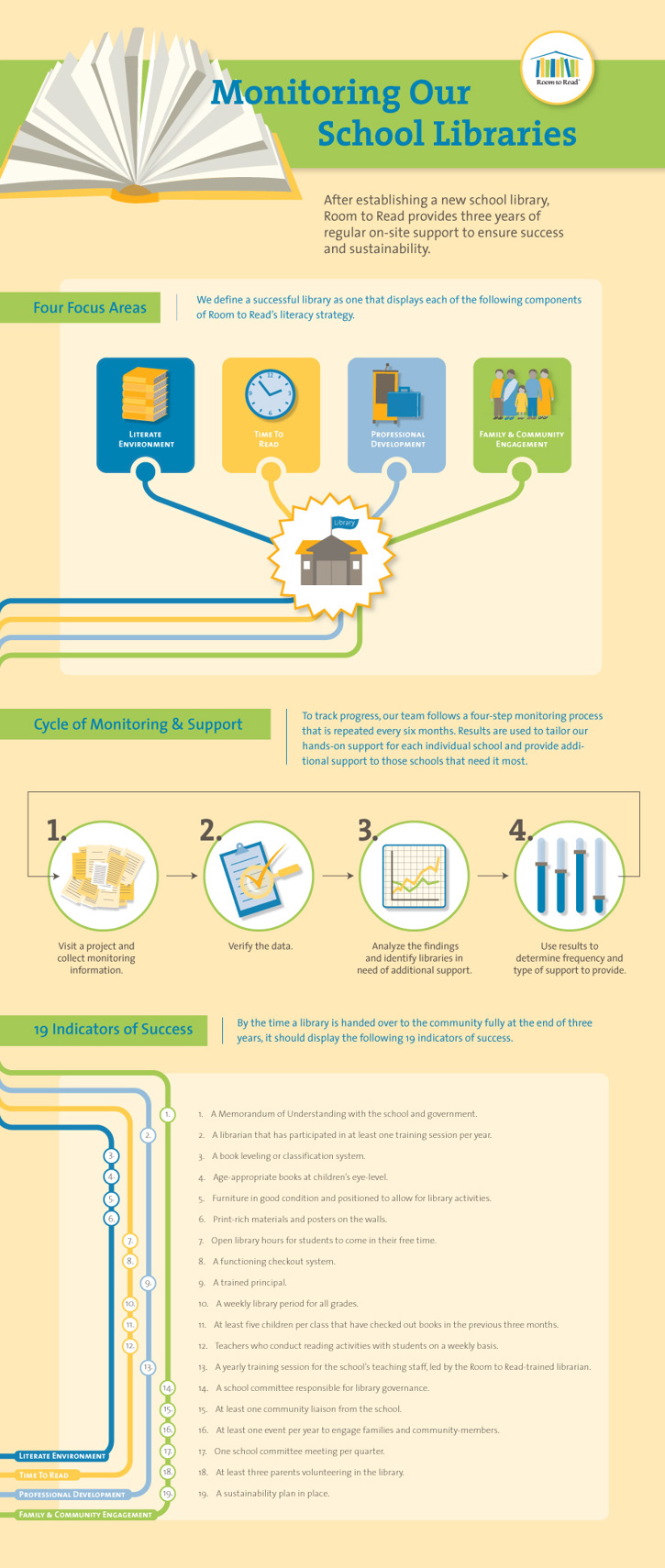
New Rating System for School Libraries Makes Way for More Targeted Monitoring & Support
Invest in children's education today.
By continuing to use this site you consent to the use of cookies. Find out more.
